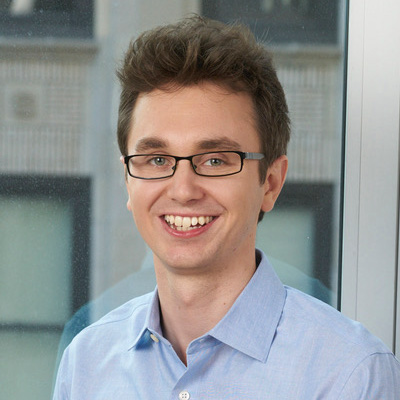
Hi, I'm Chris.
I am a
- software engineer
- entrepreneur
- civic tech practitioner
- private pilot
- travel enthusiast
- amateur photographer
As a senior software engineering manager and leader, I have built multiple cross-functional teams from scratch, co-founded a tech startup with a successful exit, and led large organizations (30+ ICs) to create new and highly successful consumer-facing products with tens of millions of users.
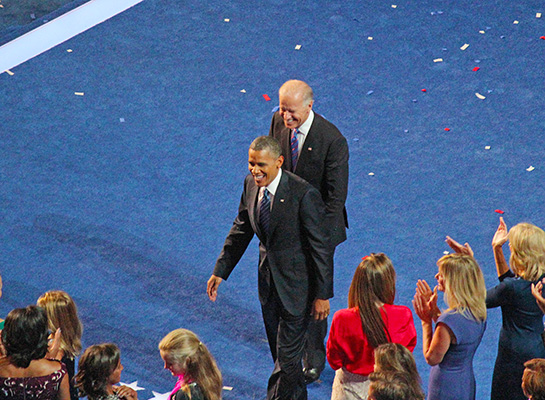
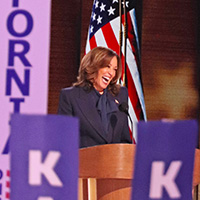
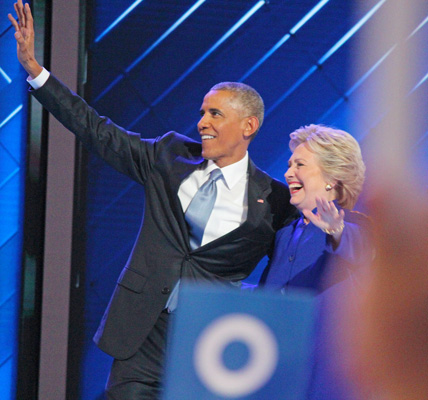
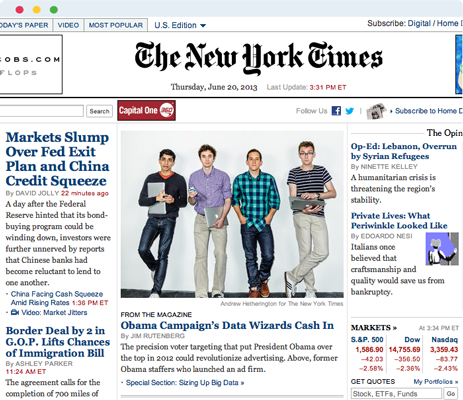
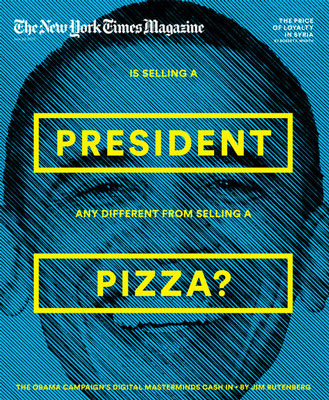
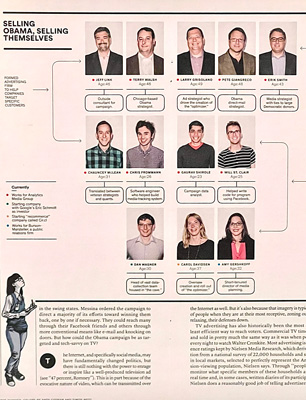
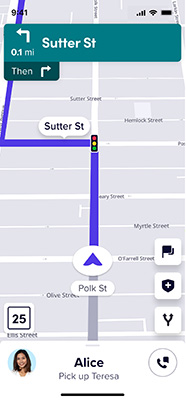
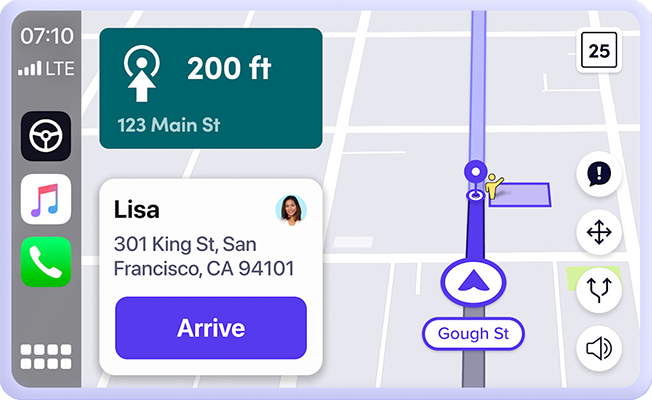

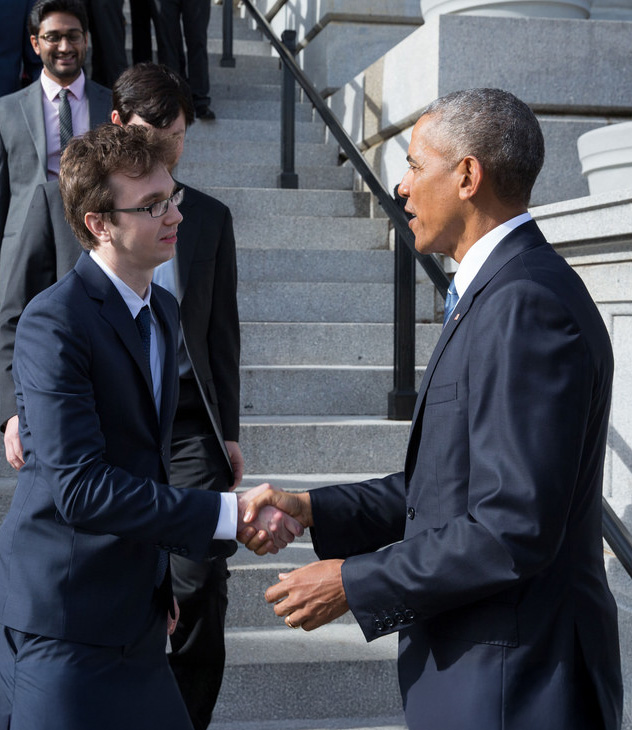
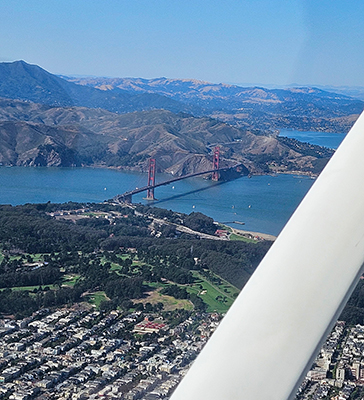


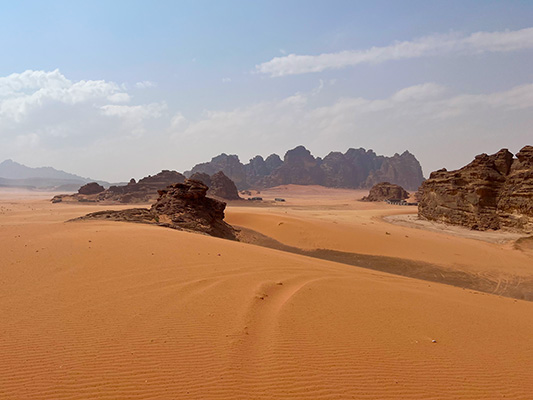
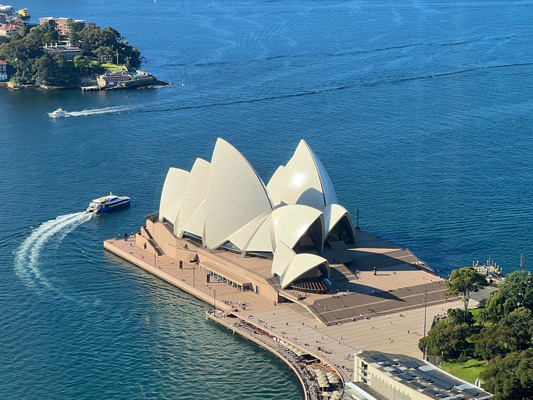
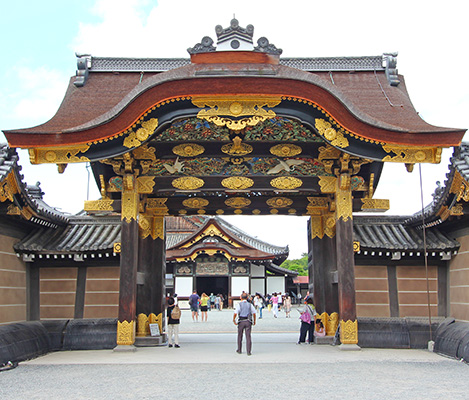
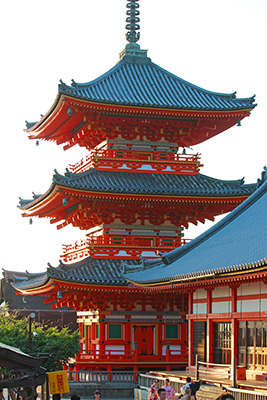

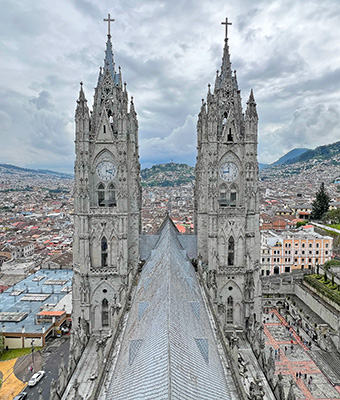
work
ResumeI am motivated by interesting technical challenges and creating products that have a real, tangible, positive impact on people's lives. Over the ~15 years of my career, I've been extremely fortunate to be able to do both, in the public and private sector. As a manager, I've also had the privilege of leading, teaching, and mentoring scores of truly talented and passionate technologists, which I've found deeply fulfilling. I am committed to using my skills and experience to build technology that helps people, not harms them.
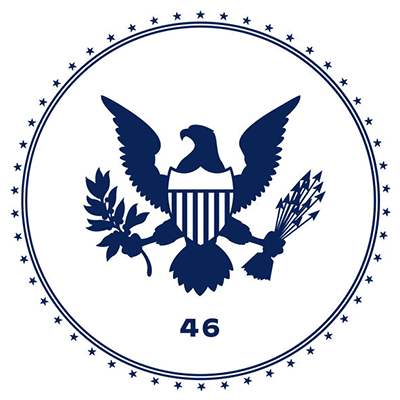
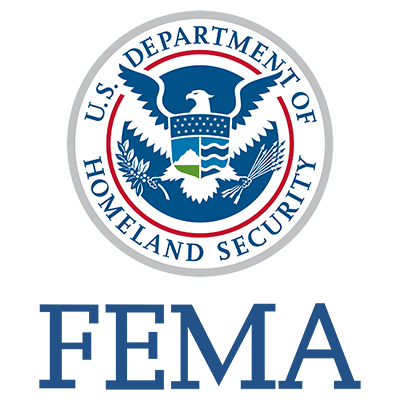
I was a presidential appointee serving as the FEMA Administrator's principal technology, customer experience (CX), and delivery advisor. I advocated for and built an in-house, cross-functional digital service team from scratch (i.e. software engineers, product managers, human centered designers), secured a U.S. Digital Service team to work on FEMA priorities, and helped select a new CIO and CTO. I co-authored the agency CX Strategy and oversaw its implementation and shaped the agency's data strategy & policy.
I led several efforts to improve individual assistance, including
- kicking off a multi-year effort to modernize the Individual Assistance backend using industry design & agile methodologies (and leveraging COTS products and open-source tools where possible)
- shifting the redesign of the survivor-facing disaster assistance frontend to center around users, where usability testing revealed a number of show-stopping problems that were fixed
- brought in a USDS team to improve cross-agency disaster data sharing (I was the principal POC to the White House, which prioritized and regularly met on this work)
I was recognized as one of the Federal 100, which "spotlights the people in government, industry, and academia who have dedicated themselves to producing outstanding work on behalf of the American public in the last year (2024)."
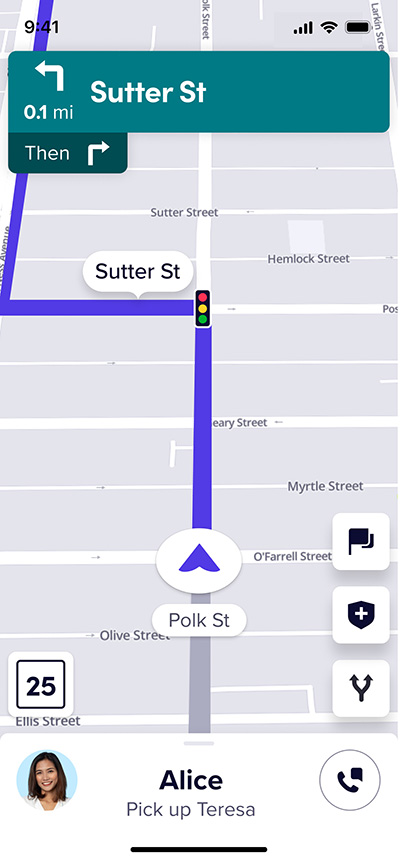
LyftNav Alpha
I was the senior engineering manager at Lyft leading the Mapping Experience team ("MapXP") in building an entirely new navigation and mapping experience for Lyft's riders and drivers ("LyftNav") to control the end-to-end user experience and reduce costs by ~$60MM/yr. I led significant changes to the team's operating mode and process to bridge an 11-hour time difference, the result of which was an exceptionally productive and successful year in which LyftNav scaled from 0 to 3 million rides and from 0 to 21 of Lyft's top 30 regions.
- Led the MapXP, which is the mobile engineering and user-facing pillar of the Mapping org consisting of 38 engineers and engineering managers spread across San Francisco, Seattle, Kyiv, and Minsk.
- The team is responsible for the maps embedded in Lyft apps ("LyftNav" and "LyftMap"); new map-based features, products, and capabilities; and the SDK that other teams can leverage.
- I updated the inherited 2021 plan; organized, led, and tracked cross-functional 2022 planning; and co-authored the 3-year strategy.
Earlier at Lyft, I was the engineering manager for the Locations team, responsible for Lyft's core, high-traffic distributed systems for ingestion, storage, and serving of locations (60k+ RPS on a Python, Go, DDB, Redis, Kafka stack), passenger/rider localization, and client GPS and sensor data collection. I owned the (successful) 2020 objective to adopt Kubernetes, improve SLA adherence, and reduce costs by 45% across the 74-engineer org
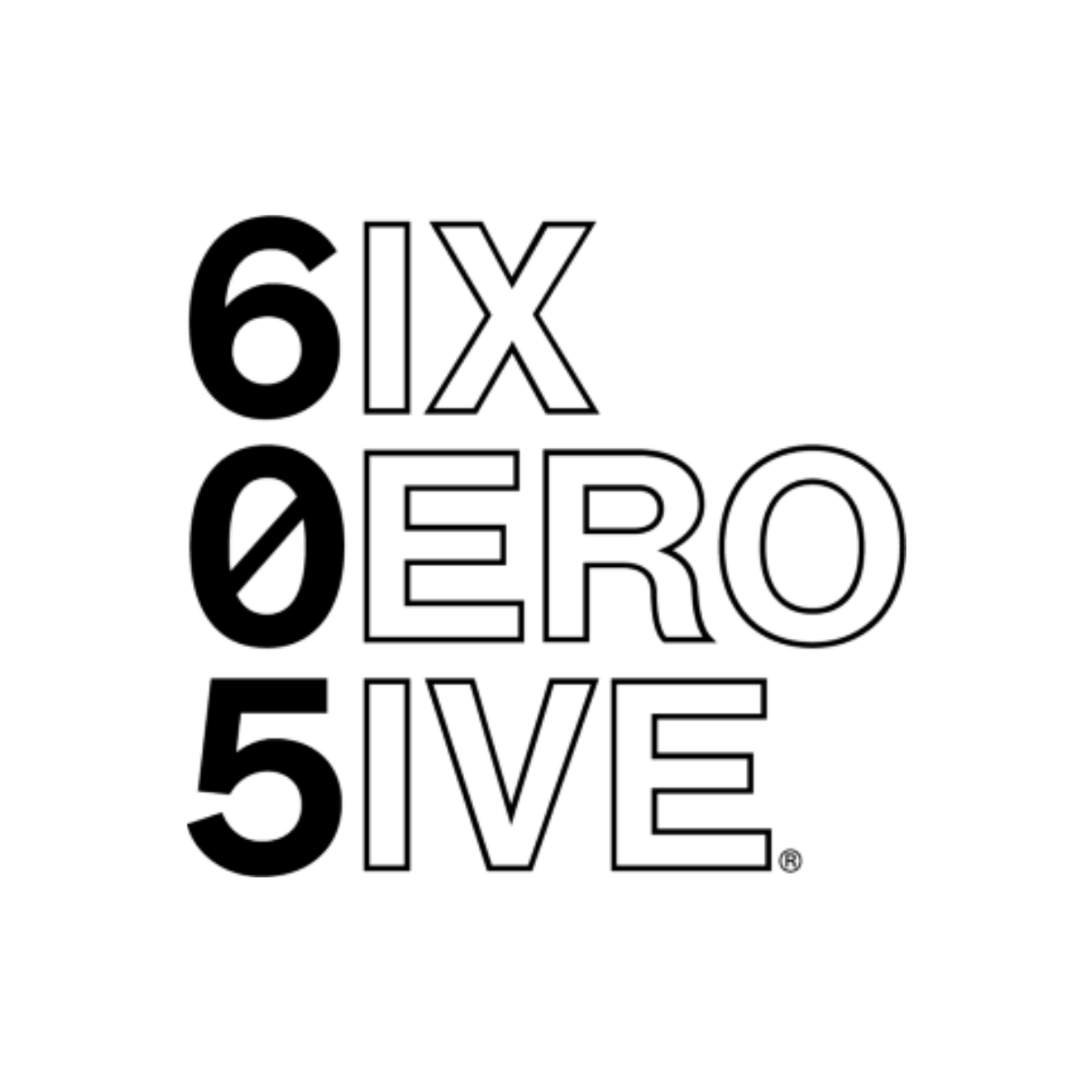
I was Group VP of Technology at 605, leading the engineering and product teams in development of media planning and analysis software. I was a co-founder and VP of Engineering for Analytics Media Group (AMG), an ad-tech startup featured on the cover of the New York Times magazine that was later acquired by 605, and led the development of AMG's AI-driven media optimization platform.
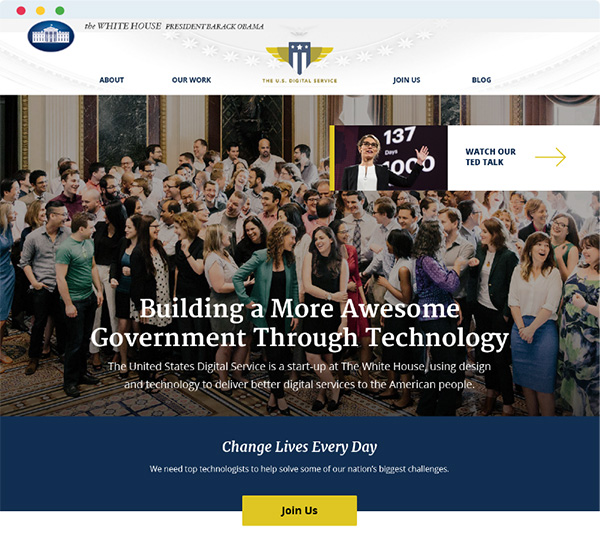
From 2015 to 2017, I served as a Digital Service Expert and software engineer at the White House with the U.S. Digital Service (USDS). Depending on the project, I acted as a technical expert, engineering lead, and/or management consultant. I focused primarily on Department of Homeland Security projects such as the U.S. import system, the traveller experience, the refugee and immigration process, and government-wide efforts like modern collaboration tools (I also built the first version of usds.gov, at right). At Customs (CBP), I established a team to help 200+ engineers improve the stability, test coverage & monitoring of the 'new' federated US import system (historically paperwork to 47 different agencies), a $1B+ project years behind schedule.
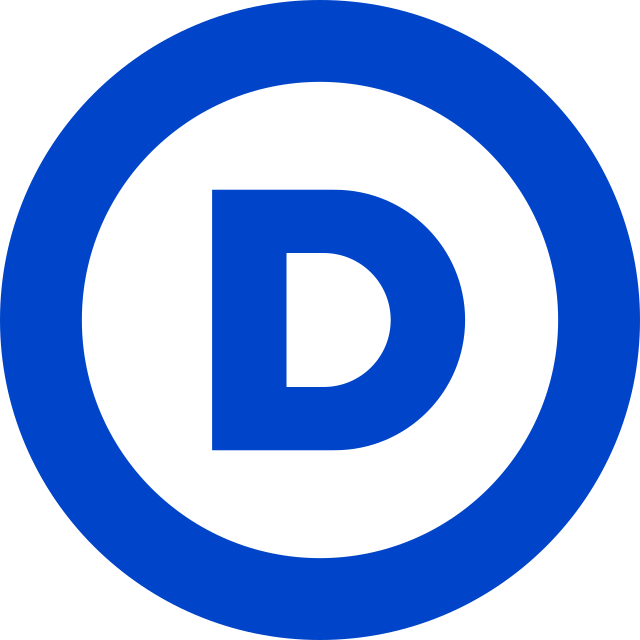
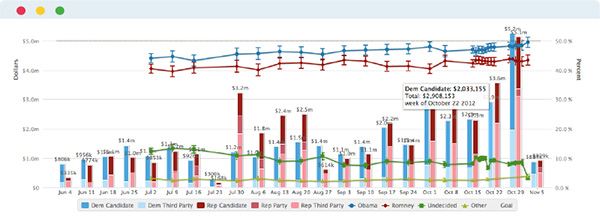
In 2011-2012, I led the design and development of the Democratic Party's state-of-the-art application for the reporting and visualization of media spending, polling, field and other critical campaign data for Obama for America, each of the party committees and other federal campaigns.
press & speaking
People apparently are occasionally interested in my thoughts on technology and politics, and I have been quoted in the New York Times, National Journal, Huffington Post, a few times in the Cook Political Report, and some other places where I've lost the links. I spoke about the overhaul of the US import system on Medium. More recent contributions have been on background.
I have presented or otherwise spoken at Netroots, Rootscamp, Personal Democracy Forum, GeoGov summit 2023, and Big City Emergency Managers Conference 2024.
If you're interested in reaching out, you can contact me below.
bio
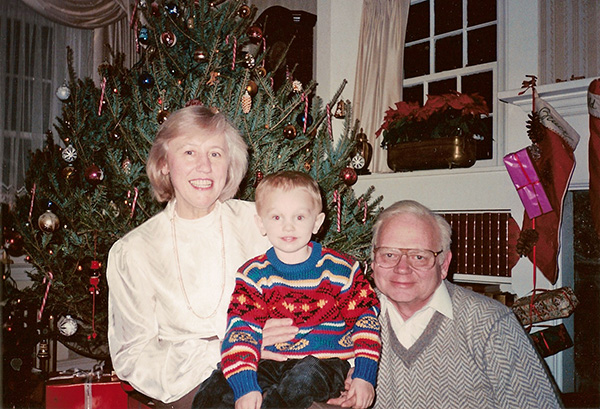
I grew up on Long Island, NY in a non-standard but very loving household with my grandparents and father. Our family owned and operated a small travel agency and I was very lucky to grow up traveling extensively, learning at a young age to appreciate how big (and small) the world is. As a big geek, I taught myself HTML in elementary school and made websites on Angelfire for anyone who would give me the time of day. Encouraged by family, I loved learning, especially enjoyed my science and history classes, and procrastinated on all of my homework. In high school, I became the editor of the school newspaper and considered going into journalism as a career. At the paper, we struggled to find a good tool to manage our articles and workflow, so a close friend and I started a company ("iWebPress") to build a CMS for small and medium-sized publications that couldn't afford the software built for the big daily newspapers. We somehow convinced dozens of clients to pay a bunch of teenagers a monthly subscription fee for our software.
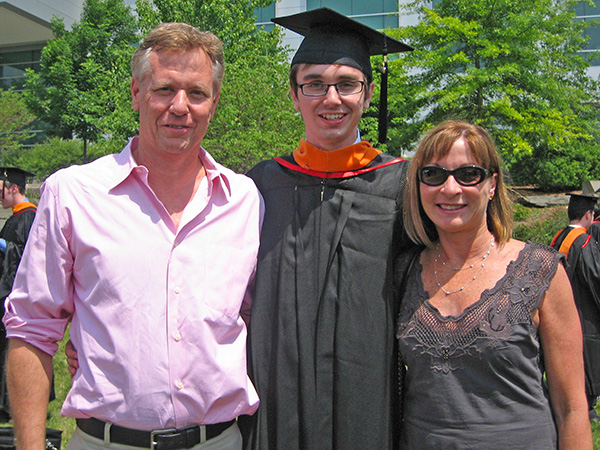
At Cornell University, I studied computer science and political science, with no clear understanding how the two might intersect. After coasting by on smarts in school, I had to develop real study habits for the first time in my life. It was here that I dove into politics and activism, particularly around LGBTQ+, labor rights, and the 2008 election. I made lifelong friendships in both of my areas of focus. I studied abroad in Berlin and with all of our classes and papers in German, I was forced to rapidly improve my language skills. I stayed an additional year at Cornell to earn my Master of Engineering in Computer Science and worked on a verifiably secure online voting system, which was my first real taste that there might be a place to use my tech skills in the public sector.
dc & new york
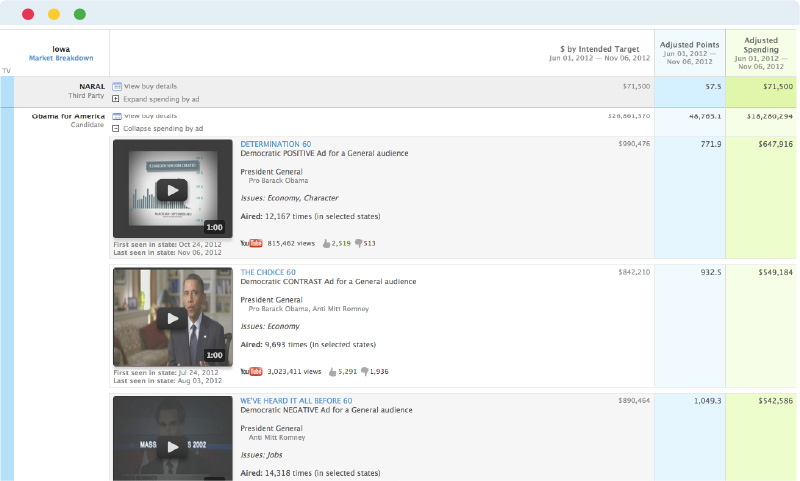
Post-graduation, I moved to Washington, D.C. By chance, a friend e-mailed me a job posting at the Democratic National Committee to work on a media data reporting and visualization system for President Obama's 2012 re-election campaign. A small team and I built a system that far exceeded expectations, ultimately becoming responsible for all campaign data (media, field, polling, etc.). Perhaps more importantly, I met some of my closest friends in the pressure-cooker of the 2012 Obama-Biden campaign.

"The greatest good, for the greatest number of people, in the greatest need"
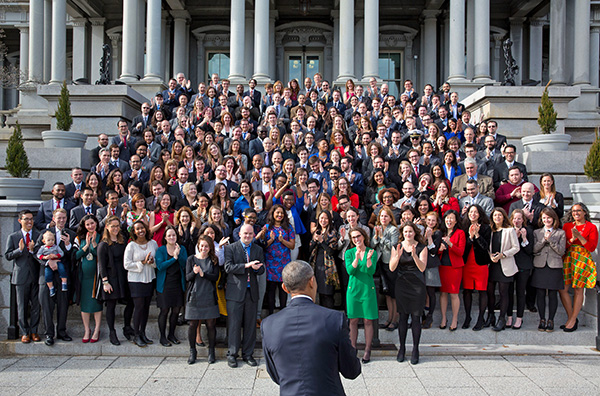
President Obama thanking the USDS for our service in January 2017
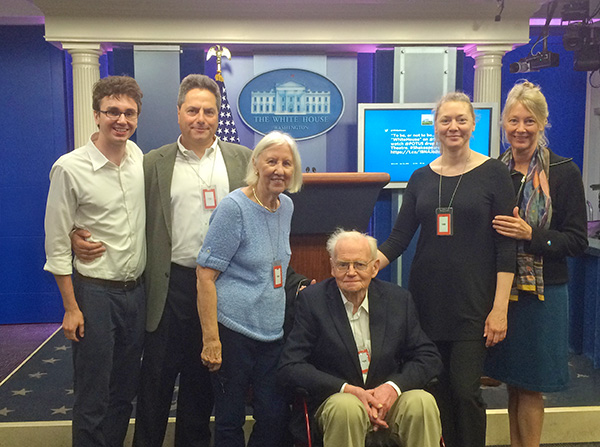
The Press Briefing Room with family on one of 30+ West Wing tours I led
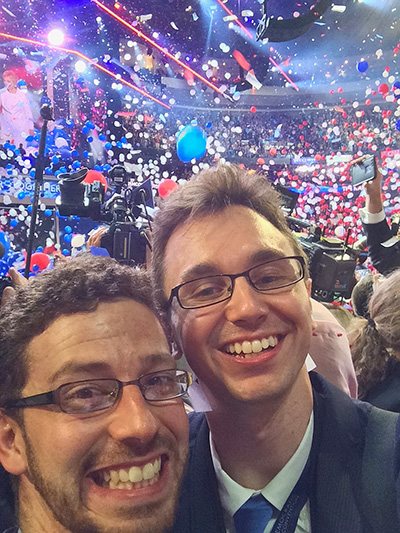
On the floor of the final night of the Democratic National Convention in 2016
In DC in 2016, I lucked out and met my partner, Alon. Early in our relationship, I took him to political nerd prom (aka the Democratic National Convention), where we had a chaotic, relationship-solidifying experience and I learned that he could tolerate my flavor of crazy.
san francisco
Alon and I moved together to San Francisco in 2019 for a change of scenery and to experience working "in tech" at Lyft and Salesforce respectively. I started as the engineering manager responsible for our core locations services and got first-hand experience effectively scaling some pretty complex logic to tens of millions of simultaneous users. At the beginning of 2021, I was promoted to senior engineering manager and became responsible for building an entirely new navigation and mapping experience for drivers and riders ("LyftNav" and "LyftMap"). With an incredibly talented team, we successfully built a brand new product and scaled it to 3 million rides and 26 of the top 30 regions. This was made even more challenging with a large portion of the team being based in Belarus and Ukraine. You can read much more detail about this experience above.
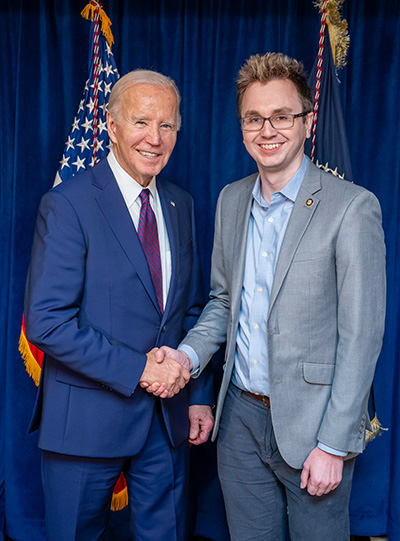
flying
Flying up the Hudson
Some amazing views of Manhattan from 1300 feet
In 2021, in the middle of the COVID-19 pandemic, Alon and I decided to move temporarily to Honolulu. Exploring the natural beauty and marine wildlife on each of the Hawaiian islands helped us make it through the pandemic with our sanity mostly intact. I also began training to become a private pilot in earnest, a goal that I had held since I was a teenager. After fits and starts, I finally earned my private pilot certificate back in the Bay Area in 2024 and have since flown family and friends on some exciting adventures (including a tour of Manhattan up the Hudson River!).
what's next
I have been thinking deeply about the meaning of "impact." If the first 20 years of the Internet were full of unbridled optimism, the past 10 have shown clearly that tech has a dark side. We have seen how it can be used to manipulate, deceive, and divide us. The same platforms that were once heralded as tools for democratization and empowerment during the Arab Spring were used to spread misinformation and hate during the Rohingya genocide in Myanmar. They have undermined elections and eroded civil liberties. Tools that connect us with family and friends living on the other side of the world have also fueled a mental health crisis for an entire generation.
In the end, technology is just a tool. It's on all of us in the field -- engineers, designers, product managers, researchers, data scientists, etc. -- to ensure that it is used ethically and constructively. We are not here to build technology for technology's sake. With the new administration's assault on civil rights and the rule of law, it's even more critical that we use our skills to build technology for the public good.
Since my government service ended in January 2025, I have been enjoying time-off to travel (just got to my 6th continent!), work on personal technical projects, get my high-performance aircraft endorsement, and take technical classes as I consider my next professional adventure. In addition to tech, flying and traveling, I love skiing, photography, reading, and finding new music and movies to get excited about. If you're in the Bay and we have shared interests, give me a holler!